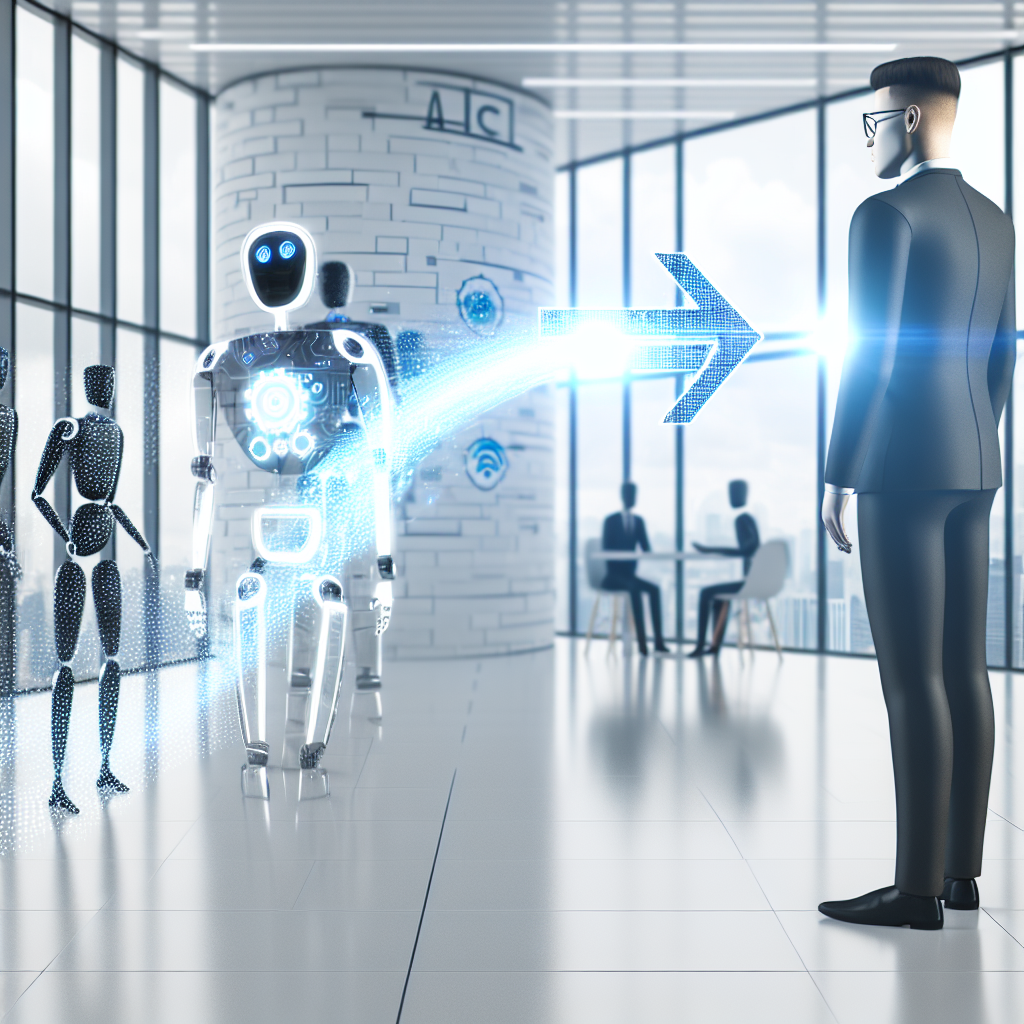-
- Enhancing Recruitment Processes with AI
- Understanding the Role of AI in Recruitment
- Configuration Steps to Implement AI in Recruitment
- Step 1: Identify Recruitment Needs
- Step 2: Choose the Right AI Tools
- Step 3: Integrate AI with Existing Systems
- Step 4: Train Your Team
- Step 5: Monitor and Optimize
- Practical Examples of AI in Recruitment
- Example 1: Resume Screening
- Example 2: Chatbots for Candidate Engagement
- Best Practices for AI-Enhanced Recruitment
- Case Studies and Statistics
- Conclusion
Enhancing Recruitment Processes with AI

In today’s competitive job market, organizations are increasingly turning to artificial intelligence (AI) to streamline and enhance their recruitment processes. The integration of AI not only improves efficiency but also helps in making data-driven decisions that can lead to better hiring outcomes. This guide will explore the steps to implement AI in recruitment, practical examples, best practices, and relevant case studies to provide a comprehensive understanding of how AI can transform hiring practices.
Understanding the Role of AI in Recruitment
AI technologies can automate repetitive tasks, analyze large volumes of data, and provide insights that human recruiters may overlook. By leveraging AI, companies can enhance candidate sourcing, screening, and engagement, ultimately leading to a more effective recruitment process.
Configuration Steps to Implement AI in Recruitment
Step 1: Identify Recruitment Needs
Before implementing AI, assess your current recruitment processes to identify areas that can benefit from automation and data analysis.
Step 2: Choose the Right AI Tools
Select AI tools that align with your recruitment goals. Consider platforms that offer features such as:
- Resume parsing
- Candidate scoring
- Chatbots for initial screening
- Predictive analytics for candidate success
Step 3: Integrate AI with Existing Systems
Ensure that the chosen AI tools can seamlessly integrate with your existing Applicant Tracking System (ATS) or Human Resource Management System (HRMS). This may involve:
- API integrations
- Data migration
- Custom configurations
Step 4: Train Your Team
Provide training for your recruitment team on how to use AI tools effectively. This includes understanding the technology, interpreting AI-generated insights, and maintaining a human touch in the recruitment process.
Step 5: Monitor and Optimize
After implementation, continuously monitor the performance of AI tools. Collect feedback from users and analyze recruitment metrics to identify areas for improvement.
Practical Examples of AI in Recruitment
Example 1: Resume Screening
Companies like Unilever have successfully implemented AI-driven resume screening tools that analyze candidates’ resumes against job descriptions. This has reduced the time spent on initial screenings by up to 75%.
Example 2: Chatbots for Candidate Engagement
Many organizations use AI chatbots to engage with candidates during the application process. For instance, L’Oreal employs chatbots to answer candidate queries and schedule interviews, enhancing the candidate experience.
Best Practices for AI-Enhanced Recruitment
- Maintain transparency with candidates about how AI is used in the recruitment process.
- Regularly update AI algorithms to ensure they are free from bias and reflect current job market trends.
- Combine AI insights with human judgment to make final hiring decisions.
- Utilize data analytics to continuously improve recruitment strategies.
Case Studies and Statistics
A study by the Society for Human Resource Management (SHRM) found that organizations using AI in recruitment saw a 30% increase in the quality of hires. Additionally, a case study on IBM revealed that their AI-driven recruitment tool reduced the time to hire by 50% while improving candidate satisfaction scores.
Conclusion
Integrating AI into recruitment processes offers significant advantages, including improved efficiency, better candidate experiences, and data-driven decision-making. By following the outlined steps, leveraging practical examples, and adhering to best practices, organizations can enhance their recruitment strategies and achieve better hiring outcomes. As the landscape of recruitment continues to evolve, embracing AI will be crucial for staying competitive in attracting top talent.